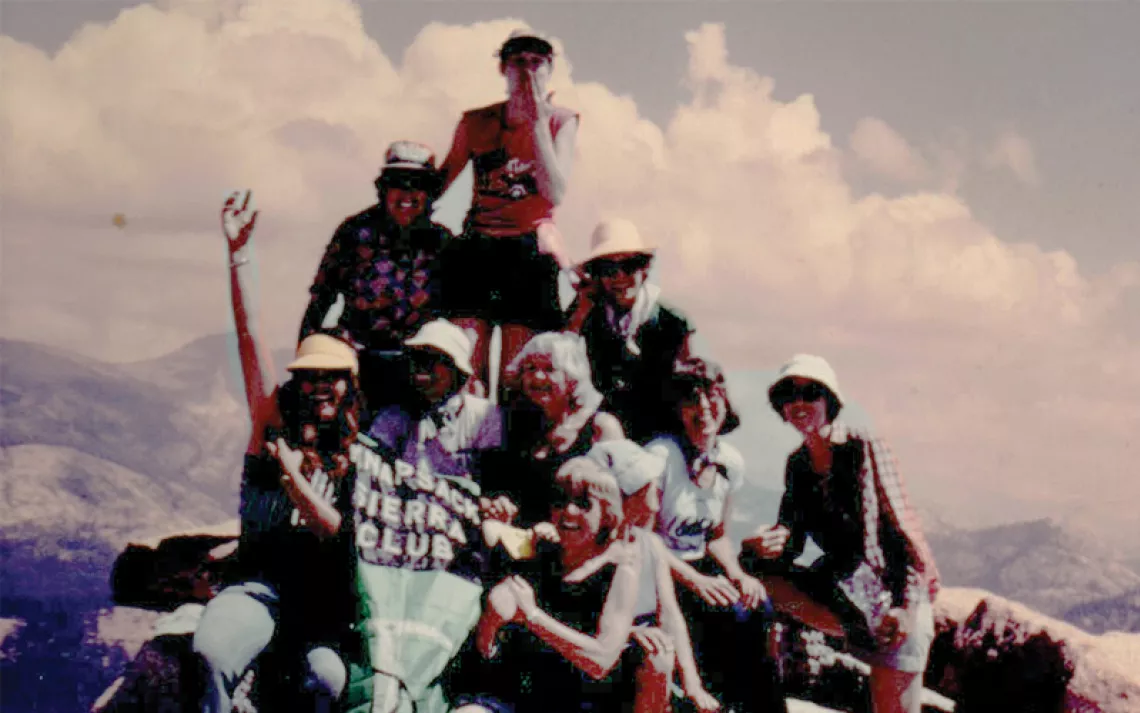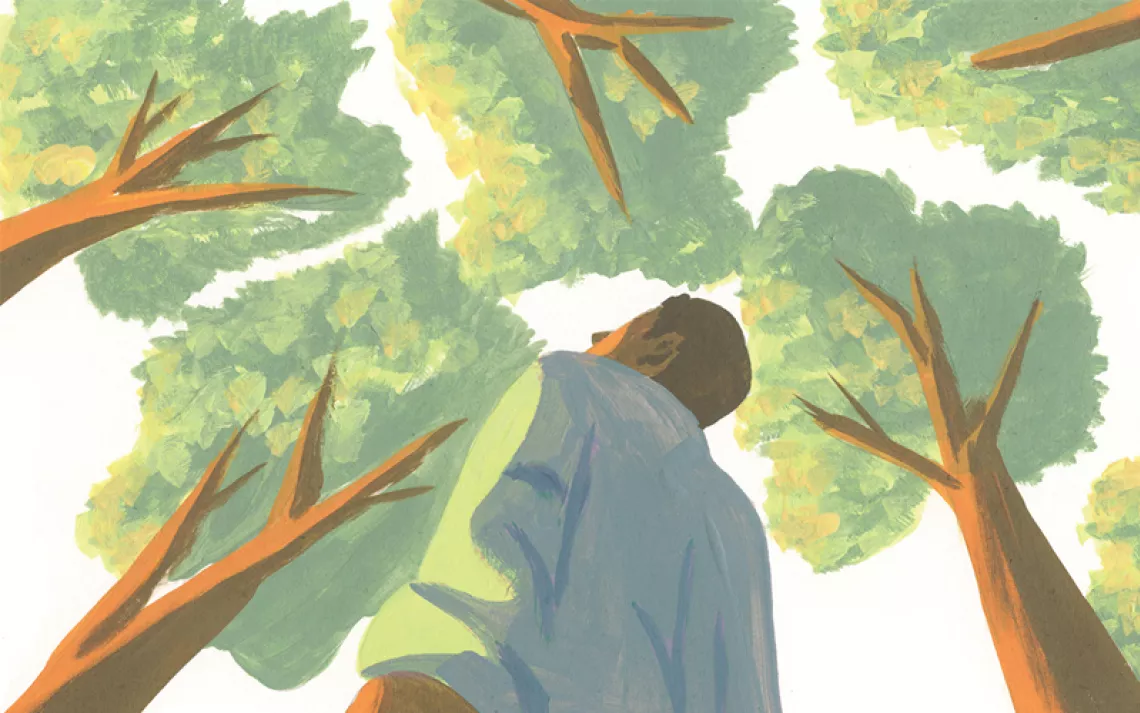Return to the Bay of Pigs
An armada of kayaks returns to Cuba's famous bay 55 years after the failed invasion

"This is a day of firsts," announces Peter Grubb of ROW Adventures, the organizer of our six-day waterborne odyssey. "It's not just the first-ever people-to-people kayak tour of Cuba. It's likely the first time a group of Americans has been on these waters in a long time."
The last time was on April 17, 1961—the date of the CIA-sponsored attack on Fidel Castro's revolutionary government that led to half a century of frigid relations between the United States and Cuba. We're on the Bahia de Cochinos—the Bay of Pigs. To Cubans, the name signifies an important victory against the United States. For Americans like me, it recalls an embarrassing failure.
I'm hoping that this kayak expedition will not be another one. I've never spent more than an hour in a kayak, let alone six consecutive days. The rhythmic plop and whoosh of paddles propels our band of 14 travelers across shallow turquoise lagoons bordered by mangroves. The infamous bay is scooped into Cuba's southern coast, in Matanzas Province, about 120 miles from Havana. It's flanked to the west by a sprawl of swamps, lagoons, reefs, wetlands, and mangrove forests known as the Ciénaga de Zapata Biosphere Reserve, one of six such reserves in the country.
Our guide paddles into an opening in the mangroves, invisible to a kayaking novice like me, and we follow single file through a curving tunnel. I'm relieved by the break from the intense sun, but my clumsy maneuvering is complicated by the need to slap mosquitoes from my arms and neck. We reemerge into the vast bay, where only popcorn clouds break up the wall of blue water blending into sky.
More than 100,000 foreigners visit Zapata each year, we're told, though for hours we've shared the reserve with only jellyfish, flamingos, and brown pelicans. We stop for a snorkel, where we're joined by blue crabs, lobsters, and a small shark.
Our first day of paddling ends on the beach where we embarked. I'm surprised that there is nothing here to commemorate the thwarted invasion of 55 years ago. No patriotic billboards, no rusty, half-sunk boats, not even a plaque nailed to a palm tree (although there is a museum in the nearby town of Playa Larga). The only sign of warfare is a pelican dive-bombing for his dinner.
Truthfully, I'm glad. "What stays are the stories," our guide says. "Hopefully, someday, we move forward."
As I get out of the water, the setting sun slips behind a cloud, casting golden starbursts onto the midnight-blue Caribbean. It's how I'll always remember the infamous bay. I'm already moving forward.
Sierra Club Outings now has trips to Cuba. For details, see sierraclub.org/national-outings.
 The Magazine of The Sierra Club
The Magazine of The Sierra Club



